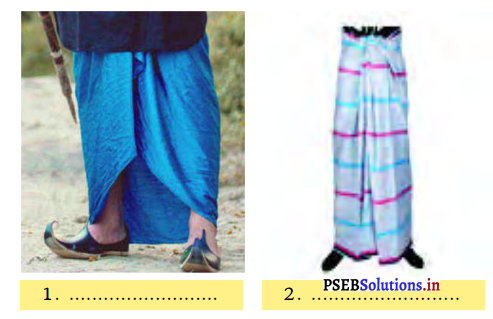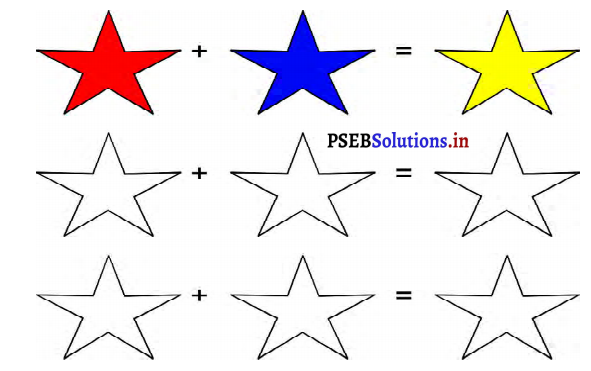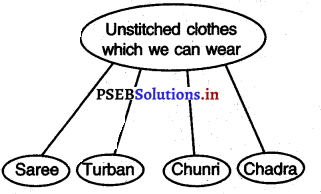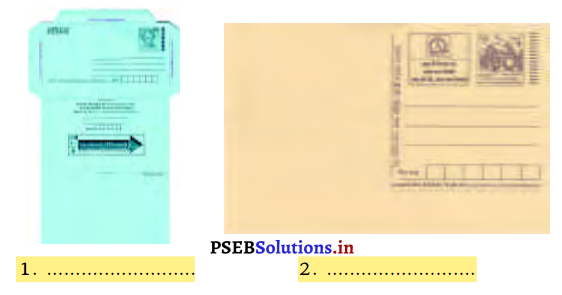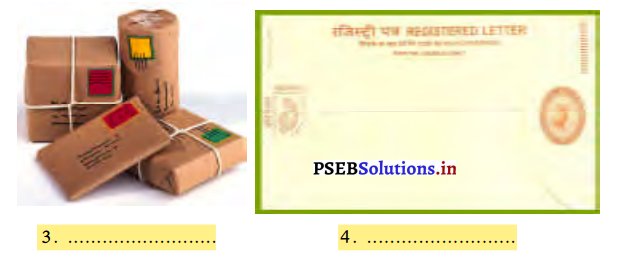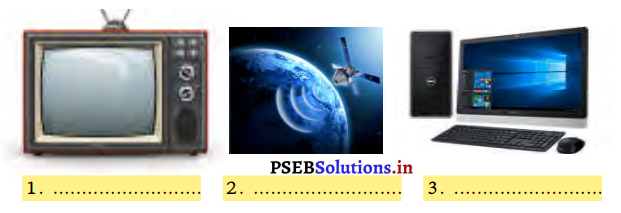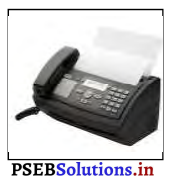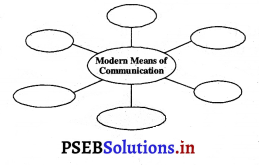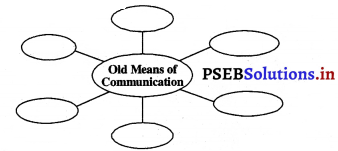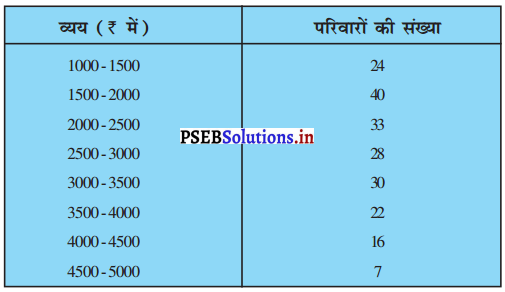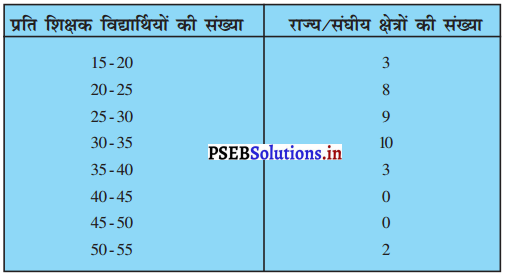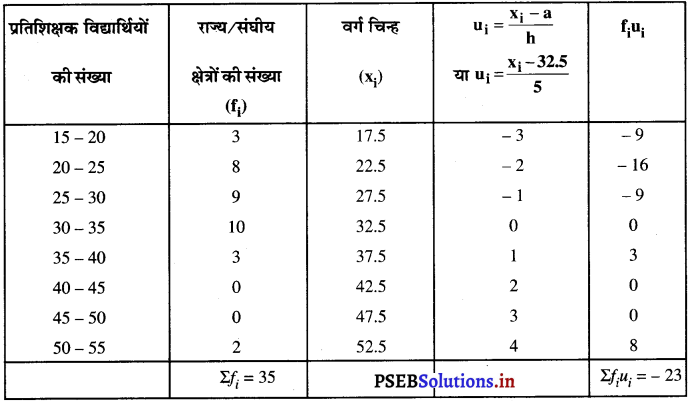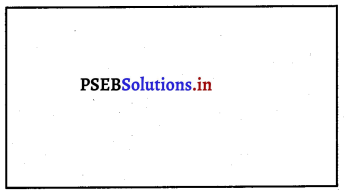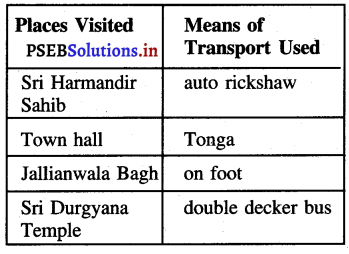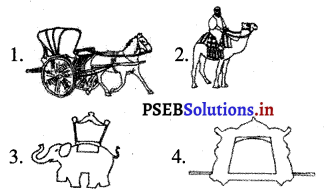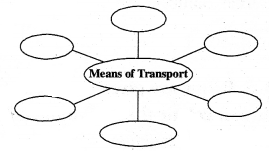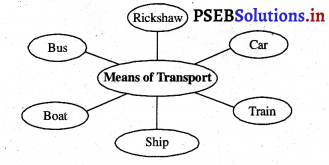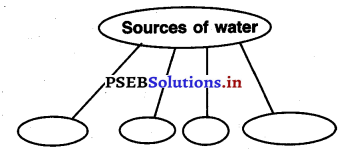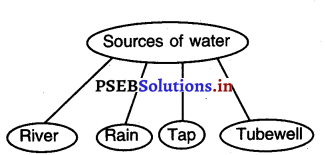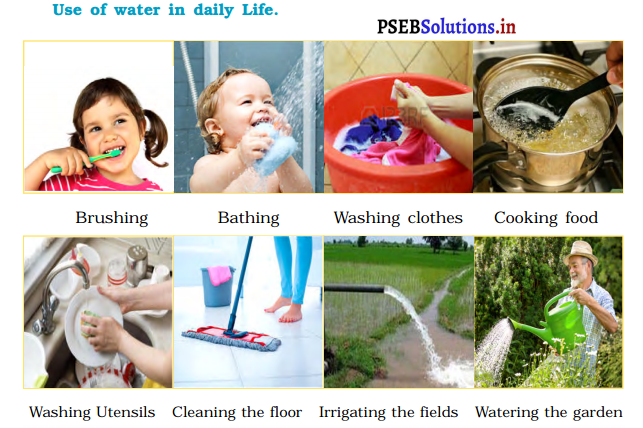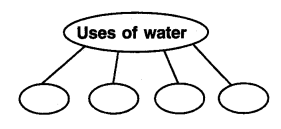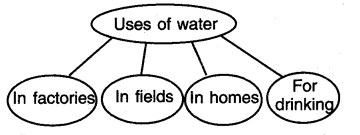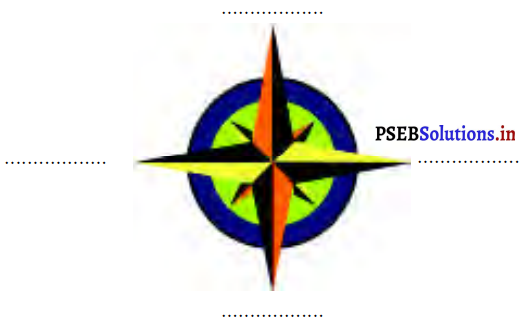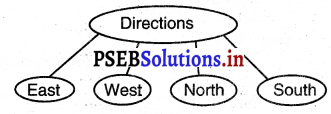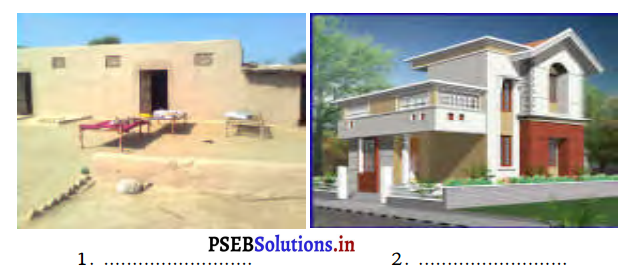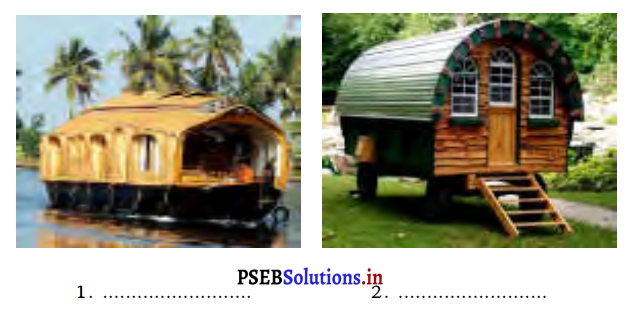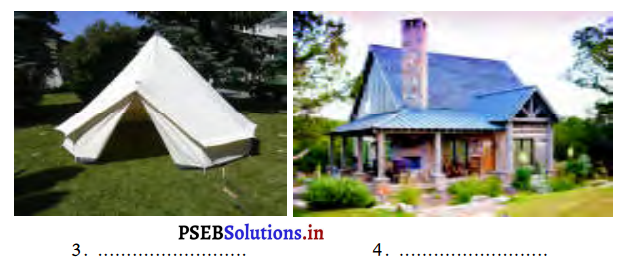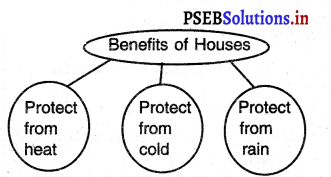Punjab State Board PSEB 3rd Class EVS Book Solutions Chapter 19 Digital Equipment Textbook Exercise Questions and Answers.
PSEB Solutions for Class 3 EVS Chapter 19 Digital Equipment
EVS Guide for Class 3 PSEB Digital Equipment Textbook Questions and Answers
Page-126
Question 1.
Fill in the Blanks: (Computer, Digital, entertains, Fridge, easy)
(i) Radio ………………………… us.
Answer:
entertains,
(ii) ……………………………. keeps the edibles cool.
Answer:
Fridge,
(iii) ……………………………. camera needs not any roll.
Answer:
Digital,
(iv) ……………………………. is smart machine which makes our work
Answer:
Computer, easy.
Question 2.
Name three fields where computer Is used.
Answer:
- Playing games
- Listening songs
- study
Question 3.
Why should we not touch the hot Iron?
Answer:
It can burn our skin.
EVS Guide for Class 3 PSEB Digital Equipment Important Questions and Answers
Multiple Choice Questions
1. Digital equipment used at home:
(a) Refrigerator
(b) Computer
(c) Washing machine
(d) All correct.
Answer:
(d) All correct.
2. What is the use of washing machine?
(a) For washing clothes
(b) For cooking
(c) For listening to songs
(d) All correct.
Answer:
(a) For washing clothes.
Very Short Answer Type Questions
Question 1.
What Is the use of a refrigerator?
Answer:
It is used to store food at low temperatures.
Question 2.
What is th use of press?
Answer:
it is used to iron the clothes.
True/False
1. Refrigerator is used to heat the food.
Answer:
✓
2. Computer is a digital equipment.
Answer:
✗
Match the column
| 1. Refrigerator | (a) Songs |
| 2. Press | (b) Cold |
| 3. Camera | (c) Photo |
| 4. Radio | (d) hot. |
Answer:
| 1. Refrigerator | (b) Cold |
| 2. Press | (d) hot. |
| 3. Camera | (c) Photo |
| 4. Radio | (a) Songs |
Mind Game
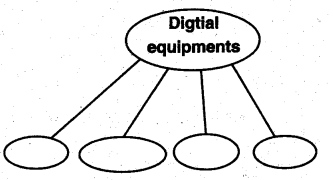
Answer:
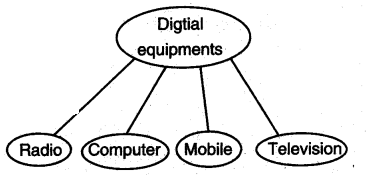
Long Answer Type Question
Question 1.
Give advantages of digital equipment. Name some of these.
Answer:
This equipment are helpful in saving our time and energy. Some of the equipment are refrigerator, washing machine, mobile, computer etc.




